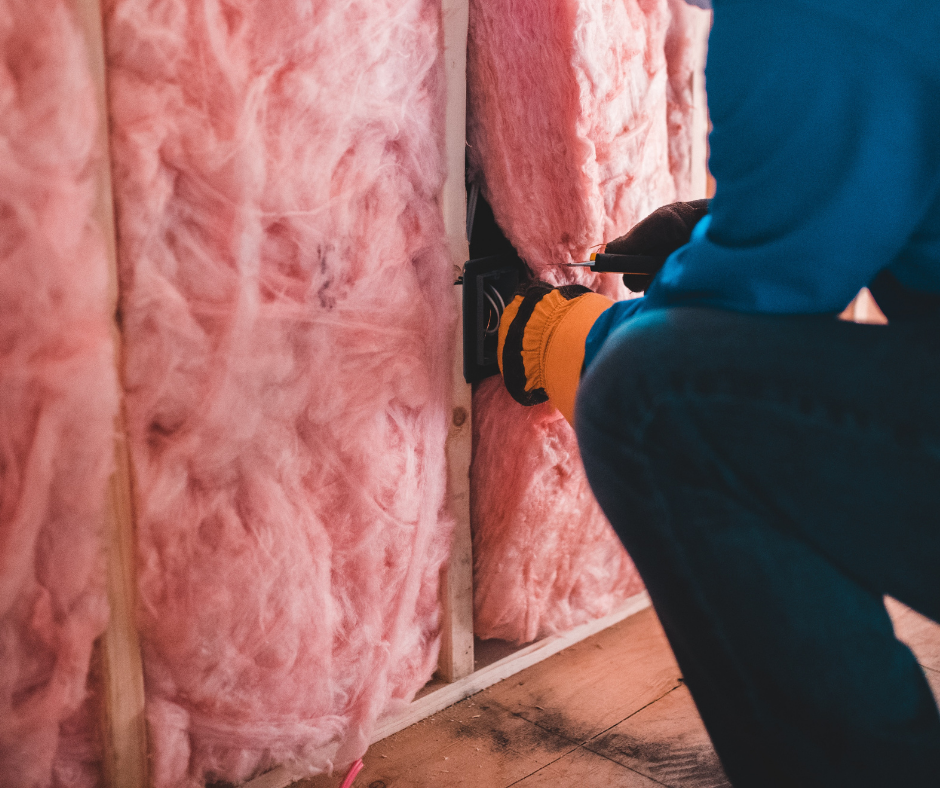Do you know how to choose the right insulation for walls? Insulating your space, home or business is essential since it’ll limit heat loss or gain. Without insulation, you might have to invest in equipment, such as heating, ventilation, and air conditioning (HVACs), to maintain the temperatures of your indoor area. It will increase your energy bills, which isn’t anyone’s desire.
6 Tips For Choosing The Right Insulation For Walls

As you decide to insulate your space, how will you ensure you make the right choice on the material to use? This article will give you some aspects to consider, specifically in choosing internal wall insulation. Read on by factoring in the following aspects:
Availability Of Material
As you decide to install a given insulation material, you need to consider its availability in your locality. On this, it’s essential to go for a material that you can easily find since some insulation materials require replacement after some time.
Also, the material’s availability will directly impact its cost. If you have to import the material, you need to factor in shipping and delivery costs, in addition to the other costs. Also, the unavailability of the material will add to its initial cost. It shoots up the final cost into high figures that might offset your budget. Locally available insulation for walls should suffice if it meets the minimum performance standards and your needs.
Performance Characteristics
Different insulation materials will perform differently under various conditions. And such performance can help you determine their characteristics to decide which one you need to consider:
- R-value– It refers to the amount of resistance an insulation material has to vary temperatures. The higher the R-value of a material, the more insulation it’ll offer you. Polyurethane is known to have the highest R-value. Be sure to ask your provider about this as you make your purchase. The R-value will determine the energy efficiency of your insulation.
- Fire rating- This refers to the flame-spreading ability of a material. These ratings run from class A to class F. Class A insulation material means it’s less flammable, and it’ll contribute the least to fire spread in your home should there be one. Therefore, choose an insulation material with the least flame-spreading ability, such as mineral wool, considering your internal walls encompass most of your spaces.
- Moisture resistance- As the name suggests, you need to choose an insulation material that won’t absorb moisture from its surroundings. If it absorbs moisture, it can lead to the growth of mold and mildew, which might affect your health. As you install your insulation for walls, avoid placing it in areas prone to water contact; if not possible, ensure the material is waterproof, such as closed-cell spray foam.
- Acoustics- ROCKWOOL RWA45 100mm is a robust insulation solution for a range of general building projects as well as specialist specifications such as commercial, leisure, industrial buildings and more. The insulation provides excellent acoustic, thermal and fire performance.
Climate
The climate in your location determines the type of insulation to install. If the climate is extremely cold, you need to choose a material with a very high R-value that’ll resist any heat loss or gain. It’s also advisable to have insulation made of thicker material. The thicker the material, the less heat it’ll lose.
The reverse also applies; if the climate is warm, you don’t have to invest in insulation material of high R-value or bigger thickness.
Installation Process
The installation process is another determinant of the insulation for your internal walls. Especially if you’re looking to undertake the project as DIY. Thus, the complexity of the installation will determine if this is possible.
Therefore, you need to assess each available option; make the internet your friend. For instance, blown-in insulation will need professionals since special equipment is needed. The most common DIY insulation material is cellulose. However, if you don’t know the installation process, leave it to the professionals. It’s because no matter how efficient insulation material is, it won’t serve you well if you install it wrongly.
Location
Location, in this context, refers to where the internal wall you’re insulating is located. If the wall is in a cramped space or hard to reach area, you want to settle for a material that’ll easily get into the space. Here, besides the type of material to use, you need to consider the form of the material. Some insulation materials are blanket-like, with others solid blocks, making them difficult to get into corners. Therefore, opt for methods such as spray foam that are flexible in form for corners and confined spaces.
Some spaces in your home, such as bedrooms and study areas, require sound insulation if they’re next to noisy areas like the living room or entertainment area. For such areas, settle for rigid boards, stone, or earth wool, since they offer noise insulation.
Costs
After factoring in all the other aspects, it goes down to affordability. Can you afford to install the said insulation for walls? Here, the cost is associated with the material’s buying price, delivery, maintenance, and installation.
Most vendors will sell the insulation material per square meter. Therefore, you need to measure the square footage of the internal walls you want to insulate. On maintenance, it’s wise to go for the long-lasting material that won’t need future replacements. If replacement is warranted, how frequent are these replacements?
Once you figure out all the aspects and arrive at the final figure: how does it relate to your budget? You want to choose an insulation material whose overall costs are within your budget. Please refrain from going for a material that exceeds your budget; instead, choose the best material available within your budget. This way, you won’t need to strain your finances.
Conclusion
Choosing the right internal wall insulation for your space should be an unchallenging process. With the right guidance, like this article gives, the process is easier and more manageable. Therefore, consider the tips given herein to ensure you settle for the right insulation for your internal walls.
Other Post You Might Enjoy:
4 Types of Home Insulation You Need to Know
Choosing The Right Architect For Your Project





